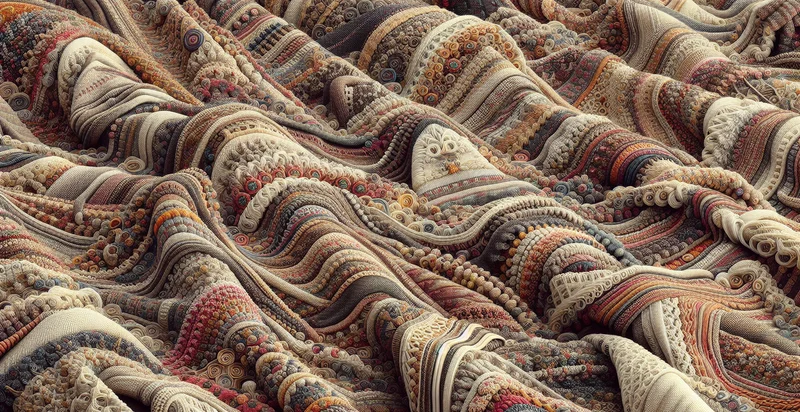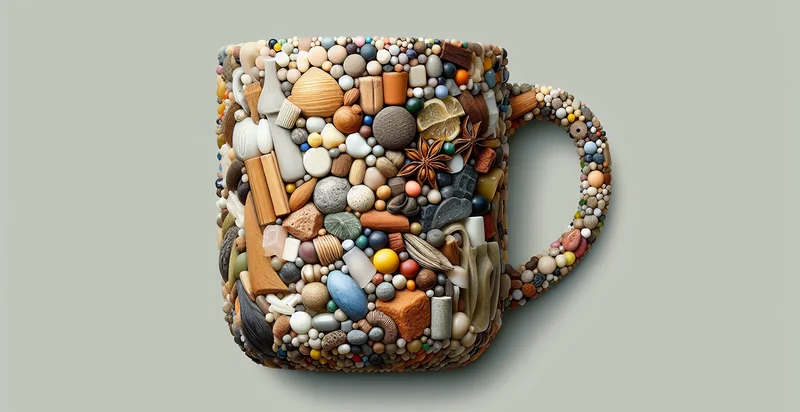Identify what material a reel is made from
using AI
Below is a free classifier to identify what material a reel is made from. Just upload your image, and our AI will predict what material a reel is made from - in just seconds.

Contact us for API access
Or, use Nyckel to build highly-accurate custom classifiers in just minutes. No PhD required.
Get started
import nyckel
credentials = nyckel.Credentials("YOUR_CLIENT_ID", "YOUR_CLIENT_SECRET")
nyckel.invoke("what-material-a-reel-is-made-from", "your_image_url", credentials)
fetch('https://www.nyckel.com/v1/functions/what-material-a-reel-is-made-from/invoke', {
method: 'POST',
headers: {
'Authorization': 'Bearer ' + 'YOUR_BEARER_TOKEN',
'Content-Type': 'application/json',
},
body: JSON.stringify(
{"data": "your_image_url"}
)
})
.then(response => response.json())
.then(data => console.log(data));
curl -X POST \
-H "Content-Type: application/json" \
-H "Authorization: Bearer YOUR_BEARER_TOKEN" \
-d '{"data": "your_image_url"}' \
https://www.nyckel.com/v1/functions/what-material-a-reel-is-made-from/invoke
How this classifier works
To start, upload your image. Our AI tool will then predict what material a reel is made from.
This pretrained image model uses a Nyckel-created dataset and has 16 labels, including Acrylic, Aluminum, Carbon Fiber, Ceramic, Composite, Fiberglass, Metal, Nylon, Plastic and Polyester.
We'll also show a confidence score (the higher the number, the more confident the AI model is around what material a reel is made from).
Whether you're just curious or building what material a reel is made from detection into your application, we hope our classifier proves helpful.
Related Classifiers
Need to identify what material a reel is made from at scale?
Get API or Zapier access to this classifier for free. It's perfect for:
- Reel Material Certification: Certification bodies can utilize the image classification function to verify the material composition of fishing reels. This ensures compliance with industry standards and helps maintain quality assurance within manufacturers.
- Product Quality Control: Manufacturers can implement this function on assembly lines to automatically inspect reels and confirm that they are made from the specified materials. This real-time quality control reduces production errors and enhances product reliability.
- Inventory Management: Retailers can use the classification function to efficiently manage their inventory by categorizing reels based on material type. This helps streamline stock organization and ensures that customers can easily find products that meet their preferences.
- Eco-Friendly Product Development: Companies focused on sustainability can leverage this technology to identify and promote reels made from eco-friendly materials. Highlighting these products can attract environmentally conscious consumers and improve market positioning.
- Market Research and Analysis: Analysts can use this classification function to gather data on reel materials in the market. Understanding material trends can help companies adapt their product lines and marketing strategies accordingly.
- Consumer Trust Initiatives: E-commerce platforms can incorporate this function to provide consumers with verified information about the materials used in reels. This transparency can foster greater trust among customers and reduce the risk of misinformation about product quality.
- Customization and Personalization: Custom reel manufacturers can utilize the image classification function to suggest material options based on customer preferences. This personalized approach can enhance customer satisfaction and lead to increased sales.


